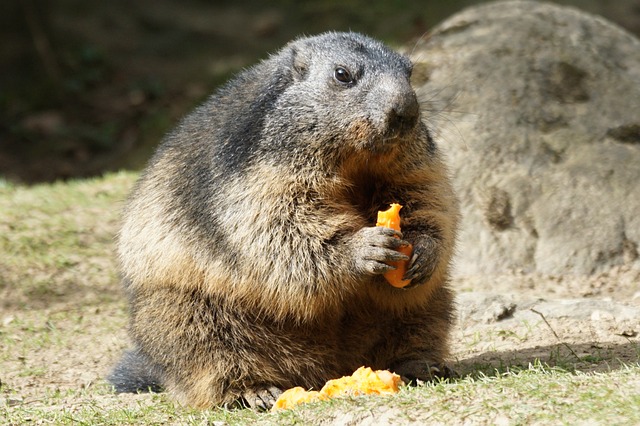Introduction: Common Fauna Present in Gilgit Baltistan
Gilgit Baltistan is home to not only some of the highest number of glaciers outside the poles, but it is also very rich in flora and fauna species of the world especially some that are endemic like snow leopards, Yaks, Markhors etc. to name a few. It is also endowed with plenty of natural boons in the form of cooler climate, abundant mountains, magnificent rivers and beautiful valleys that also serve as a hotbed of unique biodiversity to thrive.
Also check out: Unique Plant Species Diversity of Gilgit-Baltistan, Pakistan
As of now, the IUCN reports tell of 54 mammal species; 2 of which are endemic to Gilgit-Baltistan, 230 birds, 4 reptile species, 2 amphibian species and 4 freshwater fish species. The number for insects has yet to be estimated as studies are underway.
List of 10 Important and Unique Animal Species found in Gilgit Baltistan:
- Wooly Flying Squirrel: Its scientific name is Hylopetes cinereus and it is found in Hunza Valley which is a hotspot of biodiversity and one of the princely states of Gilgit Baltistan. The wooly flying squirrel is an endemic species.
- Astore Markhor: Also known as the Flare-Horned Markhor. Its scientific name is Capra falconeri It is also found in the mountains of all valleys in Gilgit Baltistan however its presence is restricted between mountain ranges due to the presence of physical barriers like rivers. It can be considered as a near endemic species.
- Ladakh Urial: This animal is particularly endangered and present in the CITES Appendix-I- A list of endangered species whose trade is strictly regulated and permitted only in special circumstances and conditions. Its scientific name is Ovis vignei vignei.
- Marco Polo Sheep: The Marco Polo sheep is not exclusively an animal that resides in Gilgit Baltistan permanently but occasionally passes over from the Pakistan-China border through the Khunjerab Pass into the Khunjerab National Park ass the habitat is suitable for it. However, due to presence of traffic, national army forces and mostly due to the erection of a fence by the Chinese has restricted its movement in the region. Its scientific name is Ovis ammon poli.
- Musk Deer: Present in Lower Hunza Valley. Its scientific name is Moschus chrysogaster. It is also found in valleys where juniper and birch grow.
- Himalayan brown bear: Its scientific name is Ursus arctos. The species has fragmented populations distributed throughout commonly present in alpine meadows and alpine zones; mainly those in Khunjerab National Park, Astore and
areas around Nanga Parbat. - Himalayan lynx: Its scientific name is Felis lynx. Its presence is associated with alpine slopes above the tree line in both Gilgit and Baltistan regions.
- Indian wolf: Its scientific name is Canis lupus and it is typically found in Gilgit, Upper Hunza and Baltistan regions.
- Himalayan black bear: Its scientific name is Ursus thibetanus and it is found in the valleys of Astore, Chilas, Darel and Tangir areas of Diamer District.
- Other Animals: Several large mammal species found in the Gilgit Baltistan region and are either threatened or endangered. These include stone Motrens, Kashmir Flying Squirrel, snow leopard, Marco Polo sheep, Himalayan brown bear, black bear, musk dear, flare-horned markhor, Ladakh urial, blue sheep and Himalayan lynx. Most of these species require large habitat areas to maintain viable populations.
The mammalian fauna of Gilgit Baltistan mainly belongs to Palearctic region, which may have spread southwards from Central Asia. The most diverse group of living organisms are carnivores and rodents. It is therefore very essential that proper and immediate conservation efforts be made regarding the protection of these species. Plastic pollution in particular due to the tourism industry is degrading the habitat of many animals in the Gilgit Baltistan region.
You may also want to check out:
Plastic Crisis- An Emerging Threat to Mountain Ecosystem
Biodiversity Management- Methods, Techniques and Importance
Measurement of Species Biodiversity- Methods and Techniques
Conservation of Biodiversity- Importance and Methods
We hope you liked this post! Please comment below if you have any suggestions, comments or feedback! We at #envpk love hearing from readers! Thanks




